As a child, Mr. Dat attended La San Taberd School (now Tran Dai Nghia Secondary School - High School, District 1). In 10th grade, he dropped out of school and pursued his passion for photography. His parents bought him a very expensive camera, which cost as much as a motorbike at that time, so that their son could indulge his passion. He also enrolled in a number of photography classes, including war photojournalism, film processing and projection techniques.


Mr. Nguyen Dinh Dat with the camera took a photo of the liberation army on Truong Minh Giang Street (now Le Van Sy, District 3) entering District 1 at noon on April 30, 1975 and a portrait of the same year.
In late April 1975, news from the battlefields poured into Saigon, signaling that a major change was about to take place. Like most of the city’s residents during the fierce fighting, Mr. Dat’s family worried about their fate. Many of his neighbors chose to leave for fear of bombs, but his family decided to stay.
On the morning of April 30, 1975, the 19-year-old young man was alerted by the sounds of people bustling in front of his house on Truong Minh Giang Street, now Le Van Sy Street, District 3. With the curiosity and recklessness of youth and the desire to take street photos of the changing times, he took his Nikon FTN camera and quickly rushed out into the street, with a piece of paper taped to his chest with the words "reporter" written on it to avoid being attacked.
At first, he saw many soldiers of the Army of the Republic of Vietnam taking off their uniforms, dropping their weapons on the ground, walking with their heads down on the road about 50 meters away from where he was standing. Around the neck of one of them was a stainless steel badge with information, name, and unit. He turned the camera towards them, taking the first photo of two soldiers wearing only camouflage pants, their faces gloomy. On the road, many belongings and uniforms related to the government of the Republic of Vietnam were left scattered.
In contrast to this image, the soldiers of the National Liberation Front of South Vietnam carrying AK guns, B40s, and mines to destroy fences sat on Jeeps driving towards the city center with smiling faces and full of enthusiasm. After taking about 5-6 photos in about 30 minutes on Truong Minh Giang street, he quickly ran into the house because he saw many soldiers still holding weapons.
However, with his stubborn nature, the 19-year-old boy still decided to rush out to the street to continue taking photos at noon. This time, he set the shooting mode on the camera, used tape to cover the zoom ring on the lens to keep it steady, and asked a friend to drive a Nissan Datsun 1000 around the streets. Still afraid of being "hit by bombs and bullets", at each place, when stopping the car, he rolled down the window, raised the camera, took a quick photo, and then left.

Two liberation army soldiers wearing military uniforms and floppy hats smoking cigarettes were named "A moment of relaxation when the situation is under control".
When the car reached the end of Yen Do Street, now the intersection of Ly Chinh Thang - Hai Ba Trung, District 3, he caught the most memorable moment in the photo series taken on the historic day of April 30. At that time, two liberation soldiers wearing green uniforms and floppy hats shared a cigarette, their faces showing a relaxed expression. He later named the photo "a moment of relaxation when the situation is under control".
After that, he and his friend continued to go to the prominent areas of the city. At the first place, at the Hang Xanh intersection, he saw a long line of liberation soldiers carrying backpacks and guns on their shoulders, heading towards the city center. Many of them smiled and waved when they saw him raising his camera to take a picture.
At 2 p.m., he went out onto Bien Hoa Highway, now Hanoi Highway. From behind the windshield of his car, he recorded the scene of a Molotova military truck flying the flag of the National Liberation Front of South Vietnam, next to a cart pulling an artillery piece heading toward Bien Hoa. At that time, at the intersections in the city center, people were bustling on the streets on bicycles and motorbikes. A burned-out tank and armored vehicle next to the bodies of Republic of Vietnam soldiers lay on the sidewalk.
At the end of the route, he and his friend arrived in front of the gate of the Reunification Palace. At this time, the palace gate had been knocked down by a tank, and was crowded with people waiting for news. On the road, hundreds of young men and women rode bicycles, motorbikes or soldiers wearing conical hats. In the middle, vehicles carrying victorious soldiers drove back and forth to maintain order while the flag of the National Liberation Front of South Vietnam fluttered on the roof of the Reunification Palace.
In addition to taking photos of the streets, people, and soldiers of that day, Mr. Dat also kept a souvenir image of a liberation soldier, a pith helmet with the words: Raise the flag of victory, fight hard, fight fast, fight firmly, be bold, penetrate deep into the enemy's lair the earliest, achieve the highest feat to celebrate the three great anniversaries of May 1, May 7, and May 19. "This is also the image I remember the most because the photo shows the determination of the soldiers of the past," he said.
After a day of shooting around the streets, Mr. Dat returned home to the darkroom to develop the film and photos. About a week later, he completed a photo album of 33 photos of the day of reunification, kept it secret for nearly 40 years before posting it on social media. His photo album is archived by the Vietnam Institute of Historical Sciences and many news agencies, considered as valuable documents about the day of national reunification.
After 1975, Mr. Dat applied to work as a driver at the Import-Export Corporation of the Ministry of Trade. After working for 5 years, he transferred to the General Import-Export Department 2 of the corporation. From an employee position, in 1995, he was promoted to deputy manager and then head of the logistics department before retiring in 2006.
(According to VnExpress)
Source: https://baoyenbai.com.vn/16/349488/Nguoi-chup-anh-duong-pho-Sai-Gon-ngay-3041975.aspx














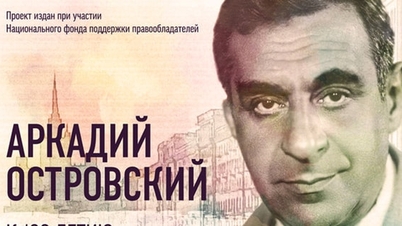







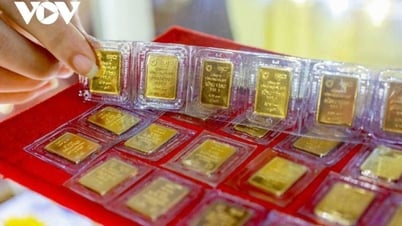

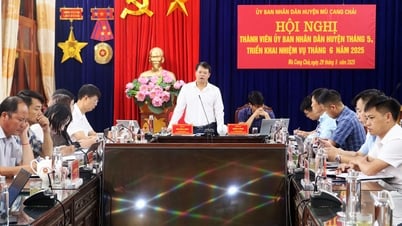
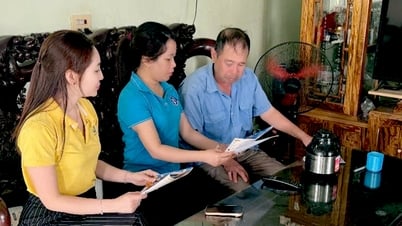














































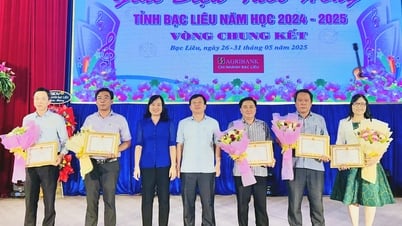





















Comment (0)